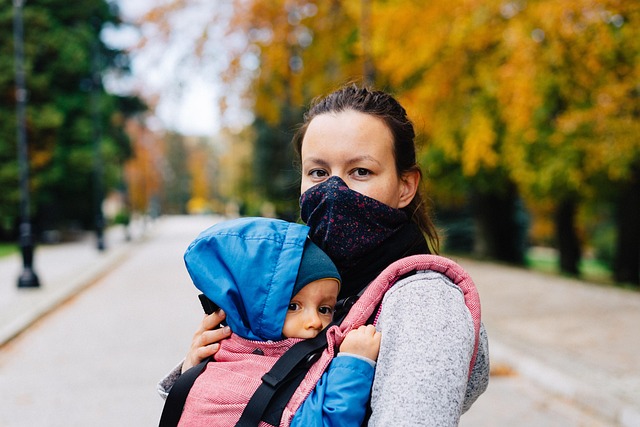Oregon's comprehensive child welfare framework prioritizes protecting vulnerable children while upholding their rights through a robust system guided by laws, regulations, and procedures. Key actors include the Department of Human Services (DHS), judges, attorneys, and social workers, collaborating to navigate complex processes involving mandatory reporting, investigations, court interventions, and legal representation for both children and parents. Child welfare legal services play a crucial role in ensuring fairness, advocating for the best interests of children, and promoting family preservation and permanency planning, ultimately aiming to provide safe, stable homes for at-risk youth.
Understanding Oregon’s child welfare legal procedures is crucial for ensuring fair and effective support for at-risk children and families. This comprehensive guide delves into the state’s robust framework, from initial intervention and assessment through court involvement and case management. Key actors, including social workers, attorneys, and judges, play vital roles in navigating complex processes like reunification, foster care, and alternative placements. By exploring these legal services, parents and guardians can better comprehend their rights and access necessary resources for their children’s well-being.
- Oregon's Child Welfare Legal Framework
- – Overview of Oregon's child welfare laws and regulations
- – Key actors involved in the legal process
- Initial Intervention and Assessment
Oregon's Child Welfare Legal Framework

Oregon’s child welfare legal framework is a comprehensive system designed to protect and nurture at-risk children while ensuring their fundamental rights are upheld. This framework encompasses a series of laws, regulations, and procedures that guide the actions of child welfare agencies and courts. At the heart of this system lies the goal of providing safe, stable homes for children who cannot live with their parents due to abuse, neglect, or other compelling circumstances.
The state’s legal services play a pivotal role in navigating these complexities. They offer crucial support to both children and families involved in child welfare cases, ensuring that everyone’s rights are protected throughout the process. These legal services cover a wide range, from representation during court proceedings to helping families understand their options and obligations, ultimately fostering a just and compassionate approach to child welfare.
– Overview of Oregon's child welfare laws and regulations

Oregon has a comprehensive set of child welfare laws and regulations in place to protect and support vulnerable children and families. The state’s approach focuses on prevention, intervention, and long-term well-being, with a strong emphasis on family preservation and permanency planning. Key legal services include mandatory reporting of suspected abuse or neglect, investigations by the Department of Human Services (DHS), and court interventions to ensure child safety and appropriate care.
Oregon’s child welfare legal procedures involve various stakeholders, including social workers, attorneys, and courts. The process begins with a referral, leading to an assessment and potential removal of children from their homes if deemed necessary. The state offers a range of services to support families, such as in-home services, counseling, and foster care placement. Legal representatives play a crucial role in ensuring the rights of parents are protected while advocating for the best interests of the child during court proceedings.
– Key actors involved in the legal process

Oregon’s child welfare system involves several key actors who play crucial roles in ensuring the well-being and safety of children. The process begins with the Department of Human Services (DHS), which receives reports of suspected child abuse or neglect from various sources, including neighbors, teachers, and medical professionals. DHS then conducts an investigation to determine the validity of these claims.
If the department substantiates the allegations, they may initiate legal proceedings to remove a child from their current living situation. This involves court involvement, with judges overseeing cases and making decisions in the best interest of the child. Attorneys represent both the child and the parents or guardians, ensuring that everyone’s rights are protected during this challenging time. Social workers also play an integral part, providing support and guidance to families while navigating the legal process, and working towards positive outcomes for involved children.
Initial Intervention and Assessment

When a concern for a child’s safety arises, the initial step in Oregon’s child welfare system is an intervention and assessment. This process involves a trained professional who will thoroughly evaluate the situation to determine the best course of action. They will consider factors such as the child’s well-being, family dynamics, and any potential risks or dangers present in the home environment.
The assessment aims to gather information from various sources, including interviews with parents or caregivers, observations, and discussions with other professionals who may have relevant knowledge about the family. This initial intervention is crucial in determining whether the child needs immediate protection or if alternative support services can be offered to keep the family together while ensuring the child’s safety and well-being.






